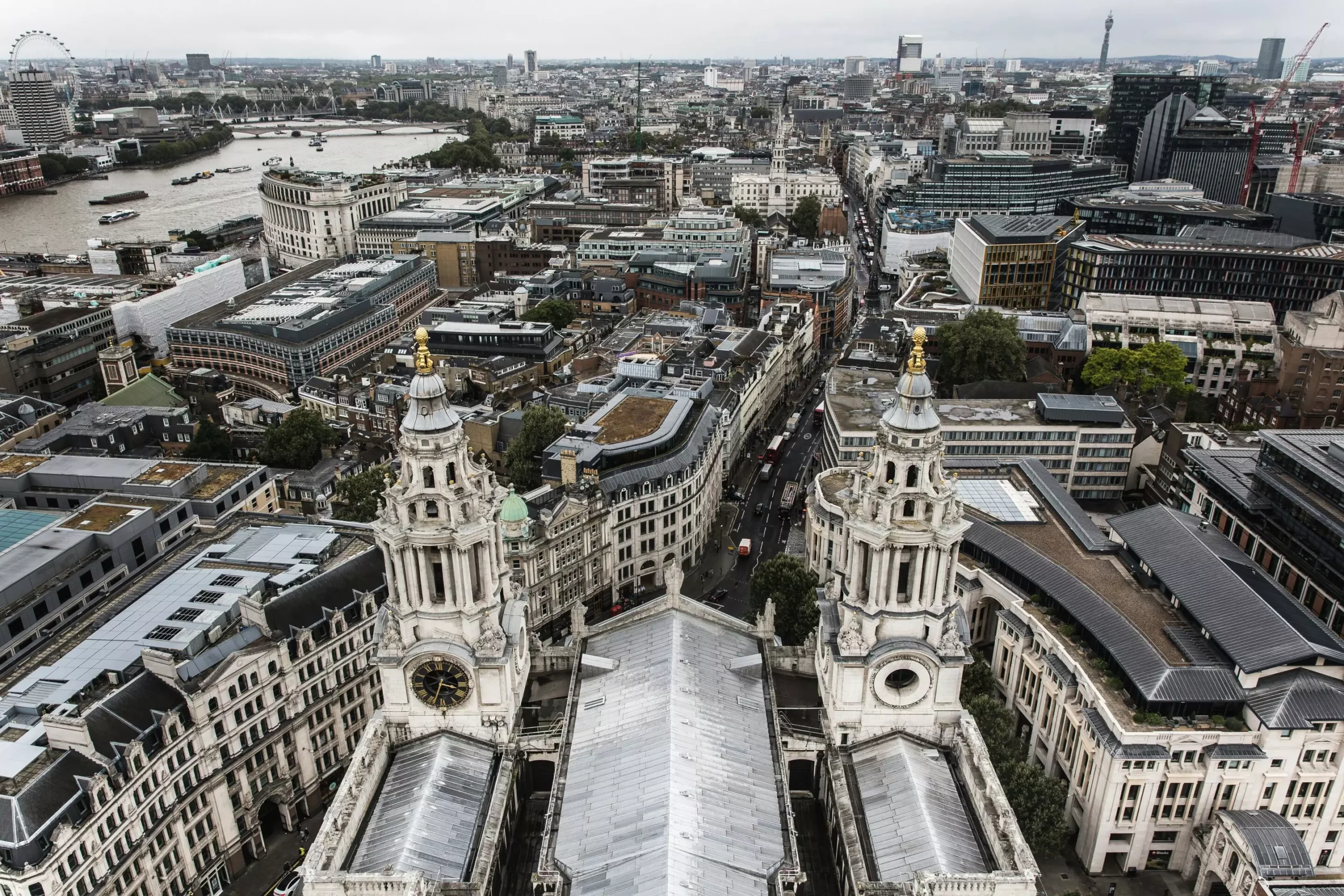The persistent rise in global temperatures has brought urban heat management to the forefront of discussions regarding climate resilience. A recent research study conducted by academics from University College London (UCL) and the University of Exeter has shed light on a potential solution that could have significantly thwarted the effects of the blistering heat during London’s record-breaking summer of 2018. With an emphasis on the implementation of cool roofs and photovoltaic solar panels, this research reveals not only the potential for lives saved but also the profound economic advantages associated with such modifications to urban infrastructure.
Urban areas worldwide are known to be hotter than their rural counterparts due to an effect known as the “urban heat island.” This phenomenon occurs when urban environments absorb and retain more heat as a result of their dense construction, dark pavements, and limited green spaces. During the summer of 2018, London experienced average temperatures that reached 19.2 degrees Celsius, a remarkable 1.6 degrees above the seasonal norm. Such thermal anomalies pose serious public health risks, particularly for vulnerable populations.
The study published in Nature Cities illustrates how the widespread adoption of cool roofs, characterized by white or other reflective coatings, could potentially mitigate this extreme heat. By reflecting rather than absorbing solar energy, these roofs can effectively lower ambient temperatures across urban environments. The researchers estimated that had London widely adopted such roofing solutions, the city could have seen an average temperature reduction of 0.8 degrees Celsius throughout the summer season.
Live-saving potential is one of the most striking conclusions drawn from the research. With an estimated 249 heat-related fatalities recorded during that summer, the implementation of cool roofs could have averted roughly 32% of these deaths. Moreover, the addition of rooftop solar panels could have contributed to preventing an additional 96 deaths, demonstrating a significant intersection between sustainable energy solutions and public health outcomes.
It is crucial to consider how these findings relate to urban planning and public policy. Urban health initiatives must include integrative strategies that utilize these roof technologies to not only address immediate health concerns but also consider long-term urban sustainability.
The economic repercussions of heatwaves are profound, affecting various sectors including healthcare, productivity, and energy consumption. The study reveals significant financial implications associated with the adoption of cool roofs and solar technologies. Preventing 249 heat-related deaths through cool roofs could have saved London approximately £615 million in associated economic burdens. Meanwhile, the implementation of solar panels could have eased the economic impact by approximately £237 million from the 96 averted deaths.
This intersection of economic and health benefits reinforces the argument that investing in climate-resilient infrastructure pays dividends. With the ongoing challenges posed by climate change, allocating resources toward modifying existing buildings could reflect positively in municipal budgets and public health outcomes.
In addition to public health benefits, the study highlights the energy generation potential of installing rooftop solar panels across London. Researchers estimated that during the summer of 2018 alone, these installations could have produced up to 20 terawatt-hours (TWh) of electricity, surpassing over half of the city’s total energy consumption for the entire year. This indicates not only an opportunity for local energy independence but also a progressive step toward reducing greenhouse gas emissions.
Dr. Charles Simpson, the lead author of the study, emphasizes the dual benefits of adopting these solutions—cool roofs can reduce air temperatures, and solar panels can provide sustainable energy without exacerbating urban heat.
As cities like London face the increasing threat of heat-related challenges due to climate change, prompt action is vital. The research calls for immediate urban adaptation strategies focused on innovative solutions such as cool roofs and solar energy. Dr. Simpson notes that these technologies can ease the urban heat burden, improving residents’ quality of life while simultaneously fostering a more sustainable living environment.
In a world where urban populations are expanding and climate extremes are becoming the norm, cities must prioritize forward-thinking design and infrastructure solutions. Encouraging the adoption of cool roofs and solar panels can play a significant role in creating urban spaces that are not only resilient to heat but also contribute positively to overall community well-being.
The findings from UCL and the University of Exeter present a compelling case for adopting cool roofs and solar panels as proactive measures against urban heat. The intertwined benefits of saving lives, reducing economic burdens, and advancing renewable energy goals underscore the urgent need to prioritize such infrastructure changes in urban planning. As the risks associated with climate change grow, so too does the imperative for cities to adapt, innovate, and revitalize their urban landscapes.

